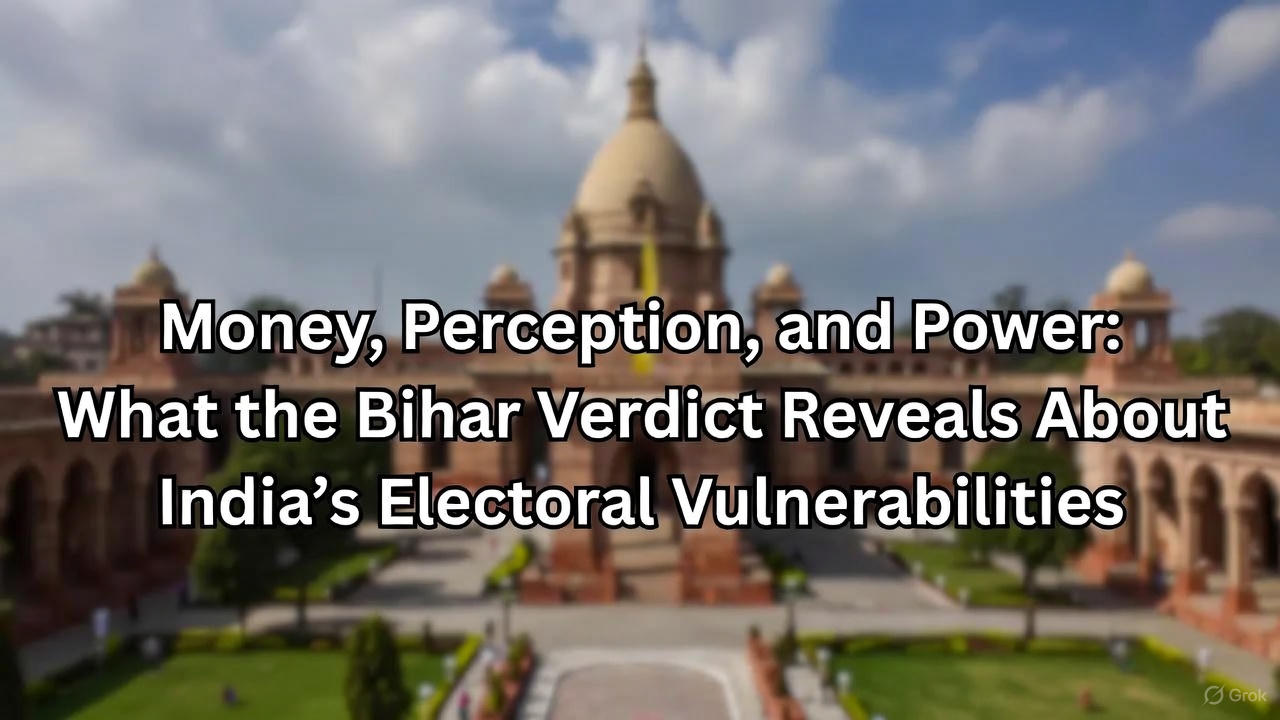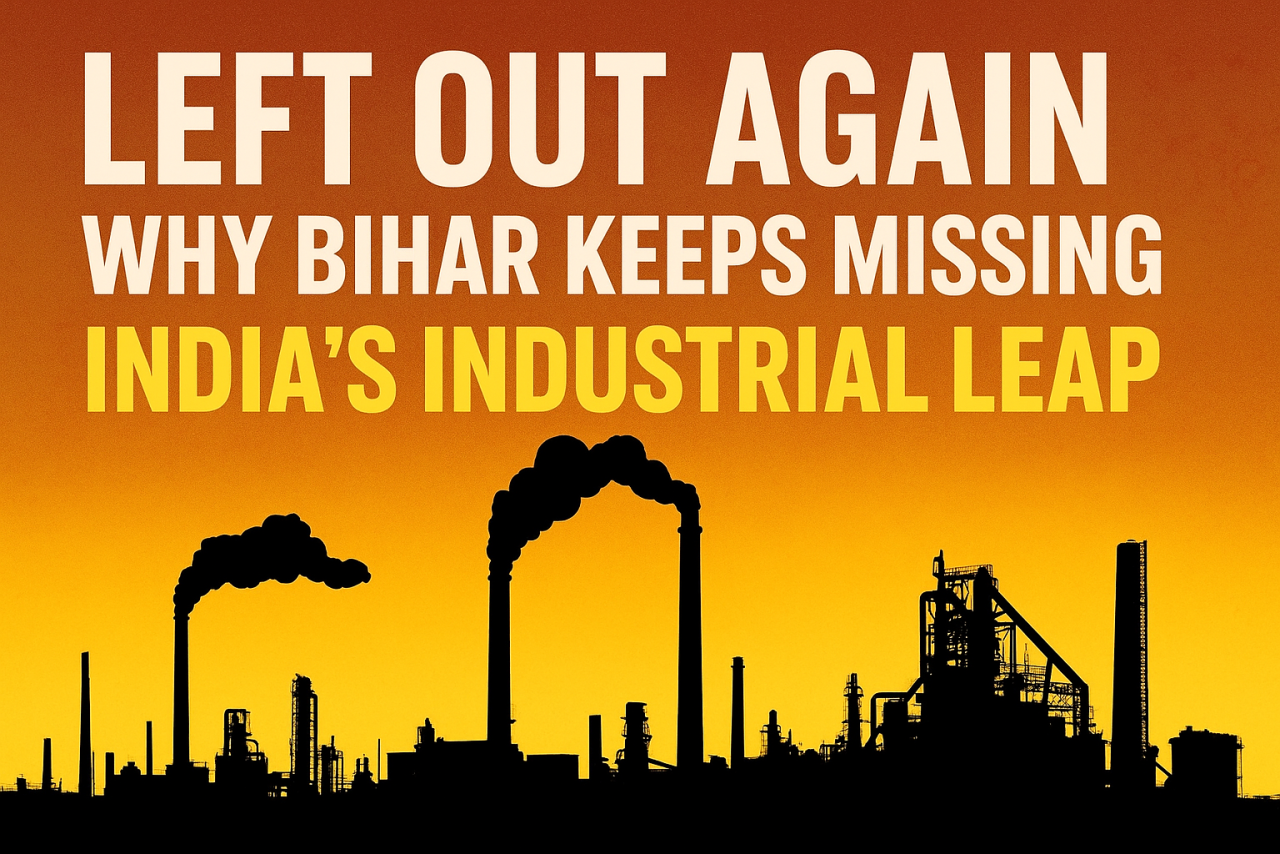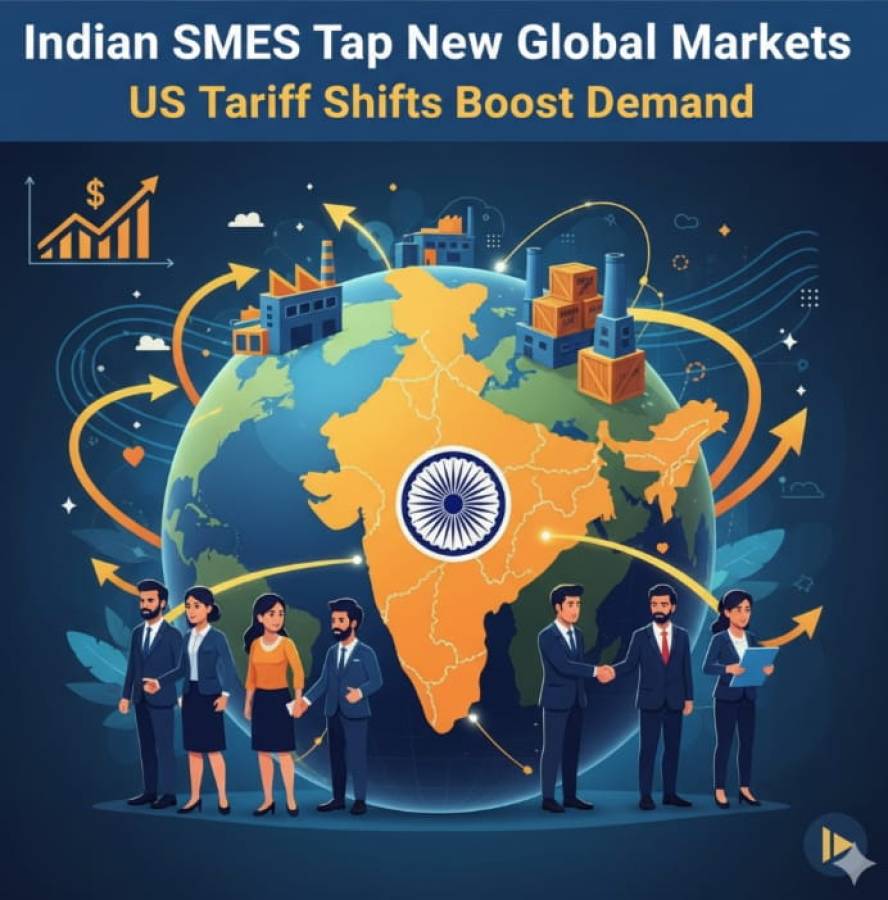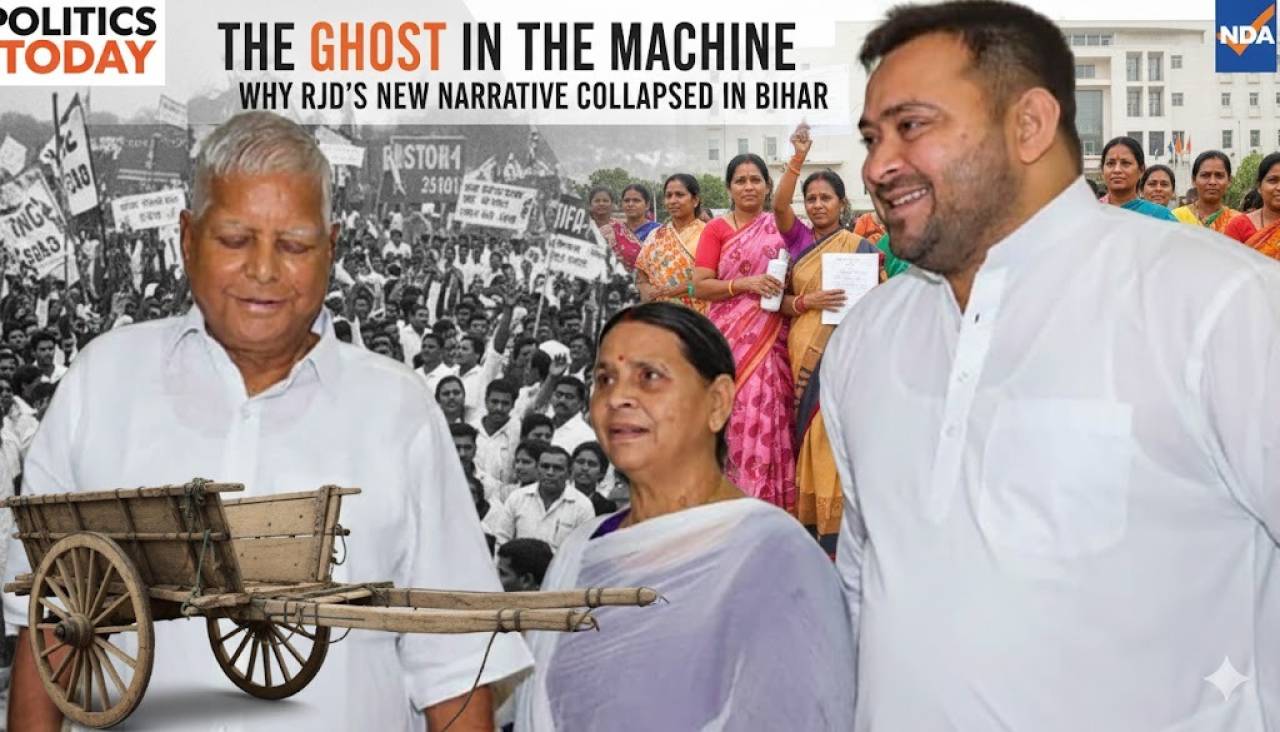
The outcome of the recent Bihar Assembly election has triggered intense political debate, with many observers questioning how the National Democratic Alliance (NDA) secured such a sweeping victory despite visible anti-incumbency currents on the ground. While electoral verdicts in a democracy are shaped by complex factors—governance, leadership, caste alignments, and local narratives—there is a growing belief among a section of voters, analysts, and civil society groups that the scale of NDA’s win may have been influenced by a mix of state power, targeted welfare timing, and institutional asymmetry.
A widely circulating perception is that vote manipulation played a role in tightening the NDA’s margins in close-seated constituencies. Many political workers claim irregularities at select booths, delayed Form 17C sharing, or discrepancies in early counting trends. However, election experts generally argue that such issues—if they occurred—are unlikely to translate into more than a minor swing. Most analysts agree that even potential manipulation cannot explain a margin exceeding 3% of statewide vote share, let alone a landslide.
This is why public discourse has increasingly focused on a much larger, much more influential factor: the massive pre-election transfer of ₹10,000 to more than 1.5 crore women under government welfare schemes, disbursed just weeks before polling. Although officially justified as part of an ongoing women-centric policy framework, opposition parties and independent commentators argue that the timing effectively turned the scheme into a direct financial incentive on the eve of the election, altering the political calculus.
The Election Commission of India (ECI) has, in the past, intervened to restrain or postpone welfare disbursements close to polling dates. Tamil Nadu, Rajasthan, and several other states have seen welfare decisions being put on hold to ensure a level playing field. Critics are now questioning why similar caution was not exercised in Bihar, where the amount, scale, and timing were unprecedented. With more than 1.5 crore beneficiaries receiving a significant cash transfer weeks before voting, the political impact was bound to be substantial—and the results seem to reflect that.
This situation raises a far deeper concern: what happens when state welfare machinery overlaps with electoral strategy? Welfare schemes, when implemented impartially, are essential tools of social upliftment. But when timed in a way that directly influences voter sentiment, they blur the line between governance and political campaigning. Opposition parties have argued that the Bihar election shows how the incumbent can legally deploy public funds at critical moments to secure electoral loyalty—creating what some describe as a form of “institutionalised vote buying.”
The influence of media control, narrative shaping, and institutional advantage further complicates the equation. Across India, the dominance of ruling-party-aligned media networks, combined with fragmented opposition messaging, already tilts the information ecosystem towards those in power. Add to this an Election Commission whose neutrality is increasingly being scrutinised, and the ground becomes decidedly uneven.
The Bihar verdict is a case study in how money power, institutional leverage, and political timing can converge to create an almost undefeatable electoral formula. When cash transfers of this magnitude are combined with media dominance and organisational machinery, traditional campaigning becomes insufficient to counter the narrative. Many political analysts are now warning that this may become a template for future elections, fundamentally reshaping the nature of Indian democracy.
This is not merely a Bihar-specific concern—it touches the very foundation of free and fair elections. A democracy relies not only on the ballot box but on equality of opportunity, institutional impartiality, and the absence of undue influence. When public money is used in a manner that directly impacts electoral outcomes, the playing field ceases to be level.
The Bihar result has sparked a necessary debate. If India is to safeguard the integrity of its electoral system, the ECI may need to revisit and tighten its guidelines on pre-poll welfare disbursements. Transparency, stricter enforcement, and clear timelines could prevent future controversies and ensure that welfare remains welfare—not a political weapon.
Otherwise, as many fear, it may become virtually impossible to defeat a political formation that commands both the state’s financial power and the institutional ecosystem surrounding elections. And that is a deeply worrying trajectory for the world’s largest electoral democracy.




















